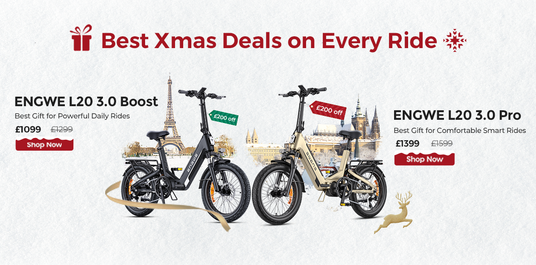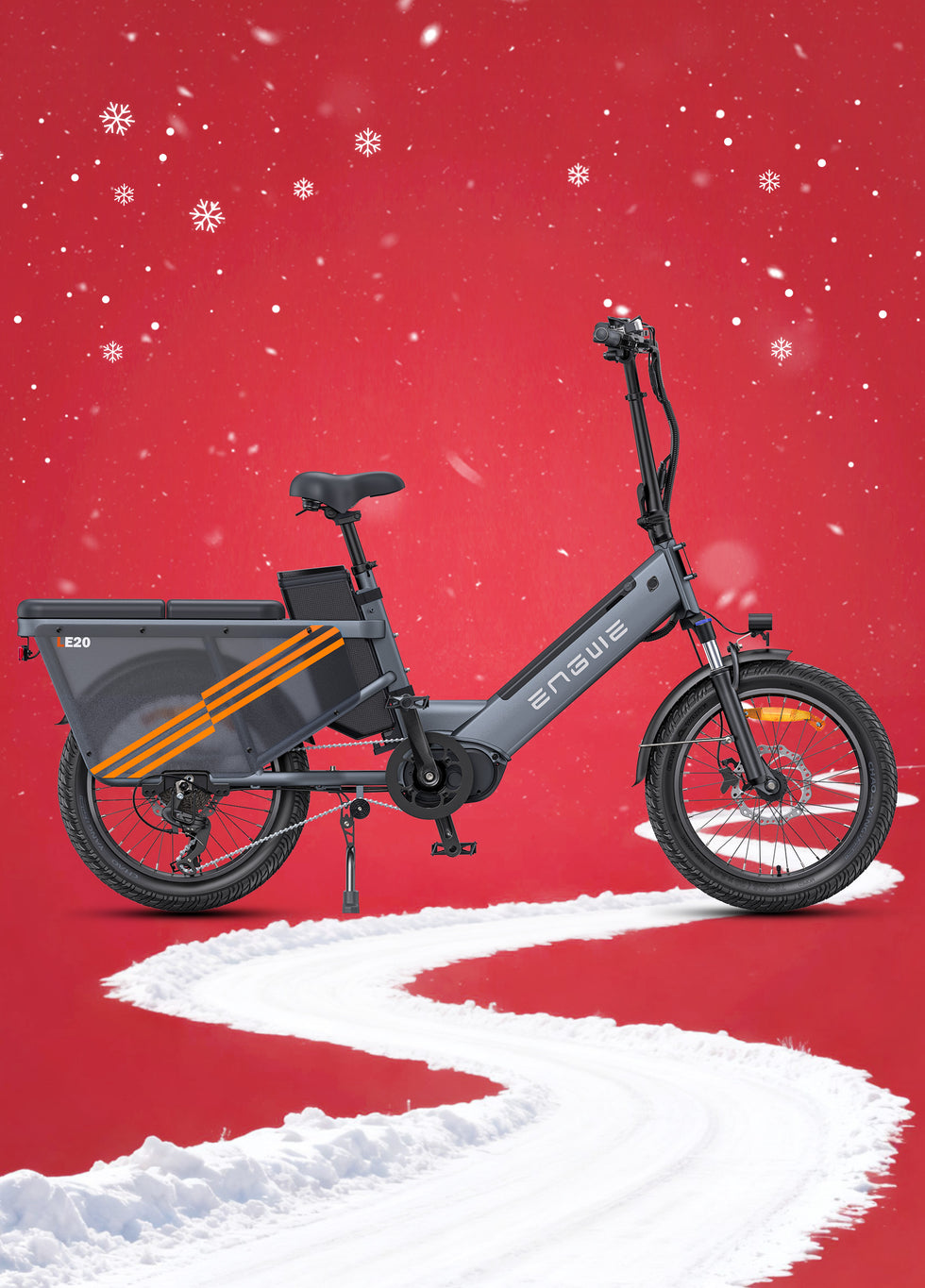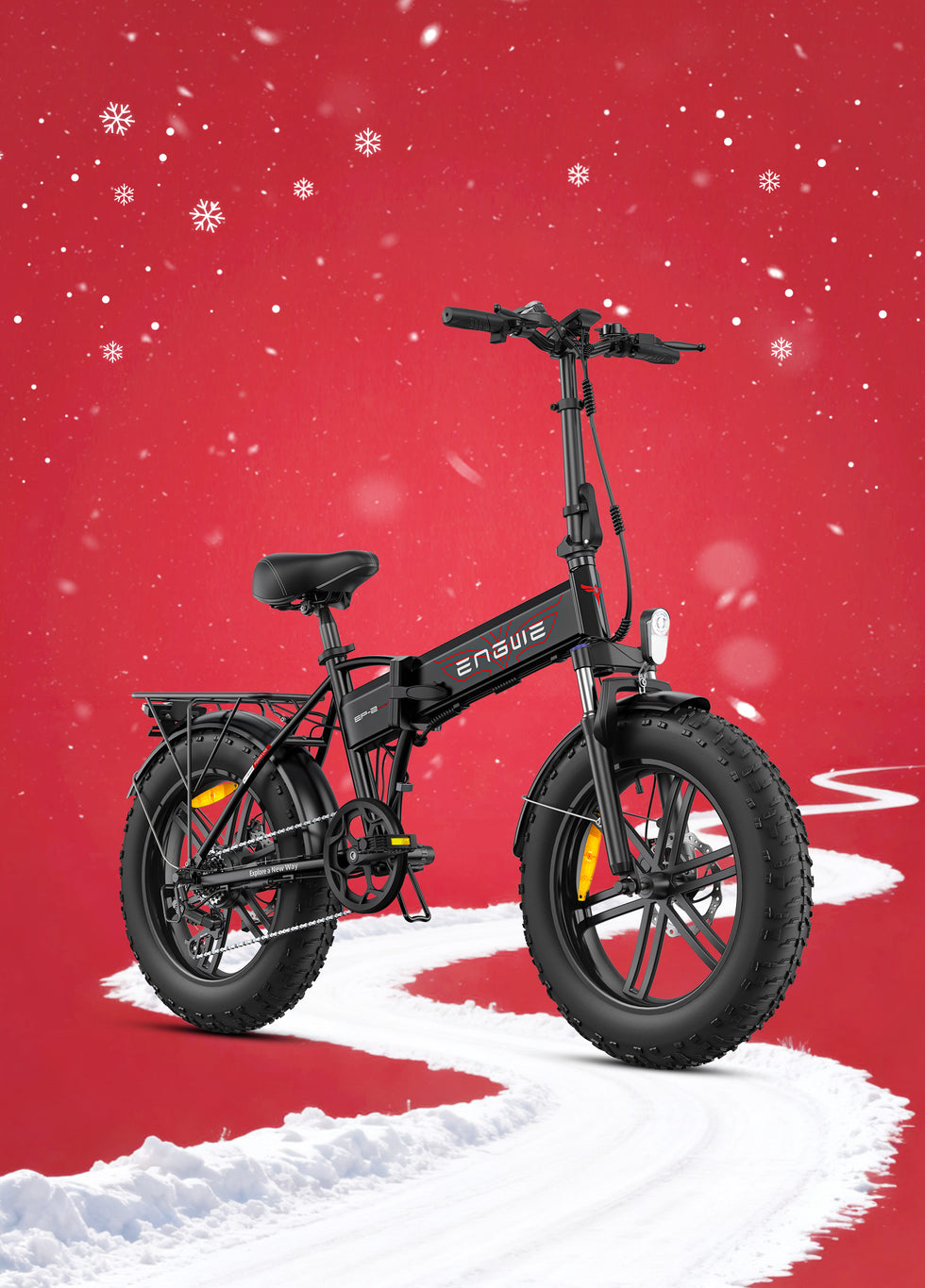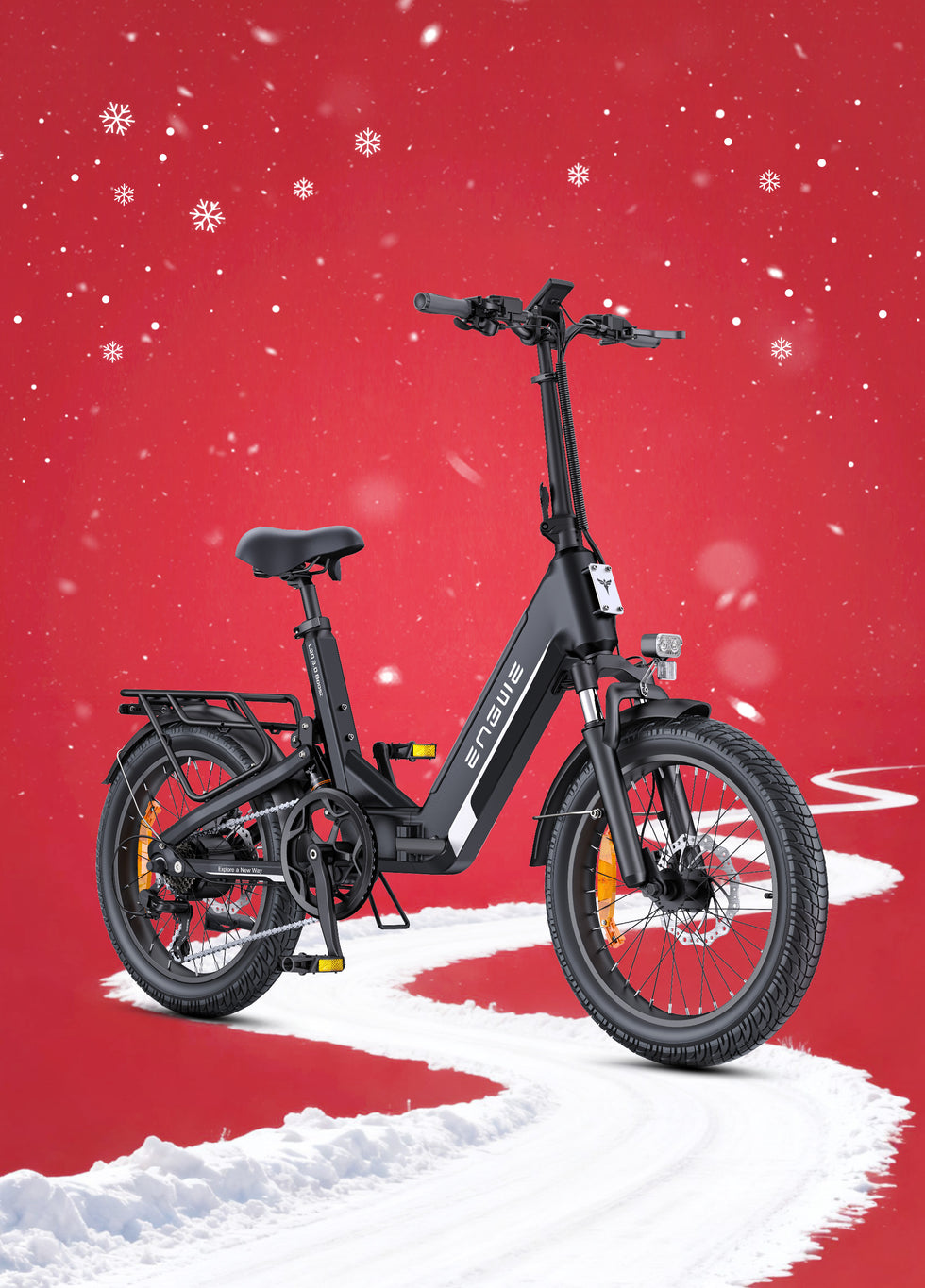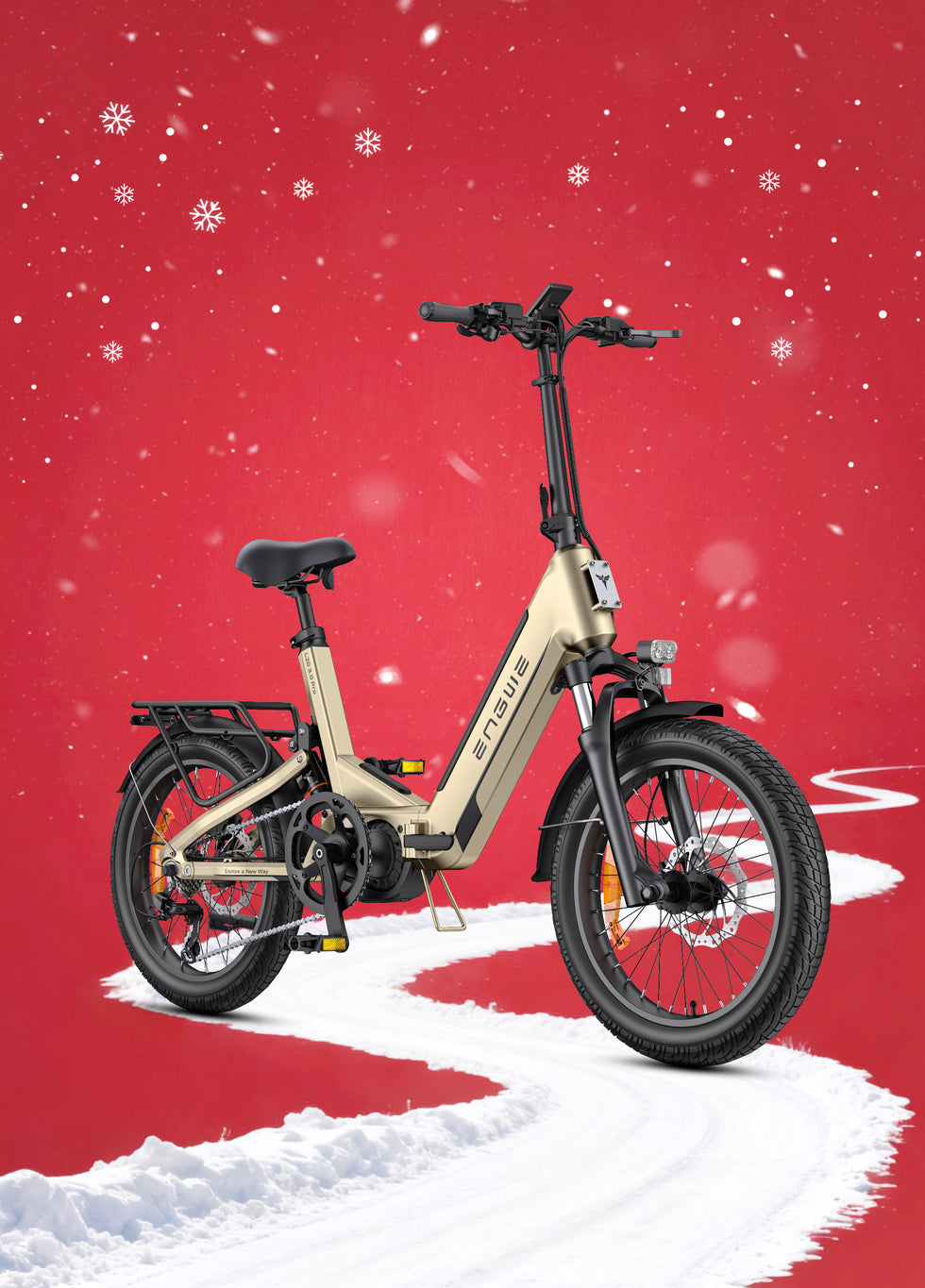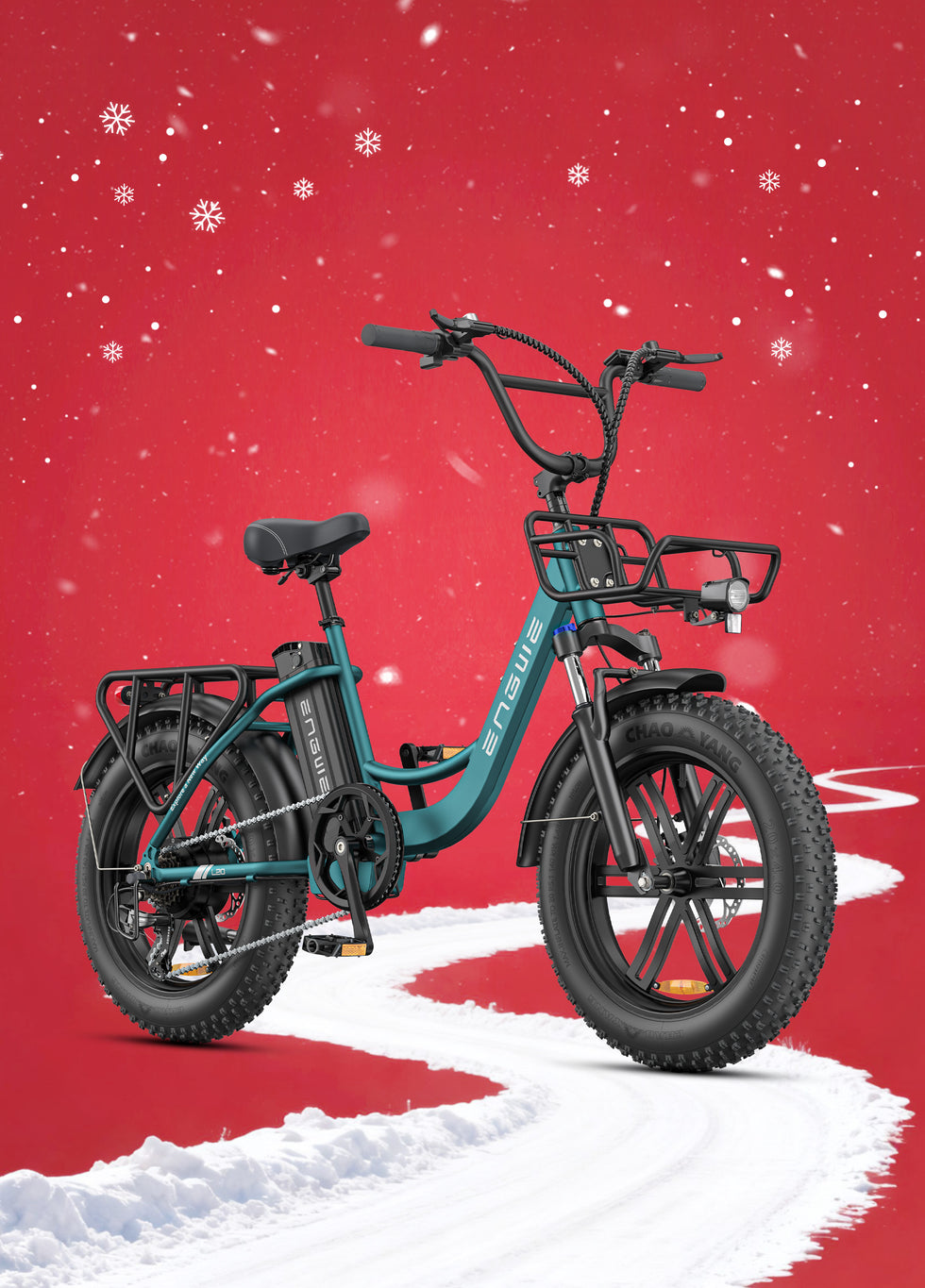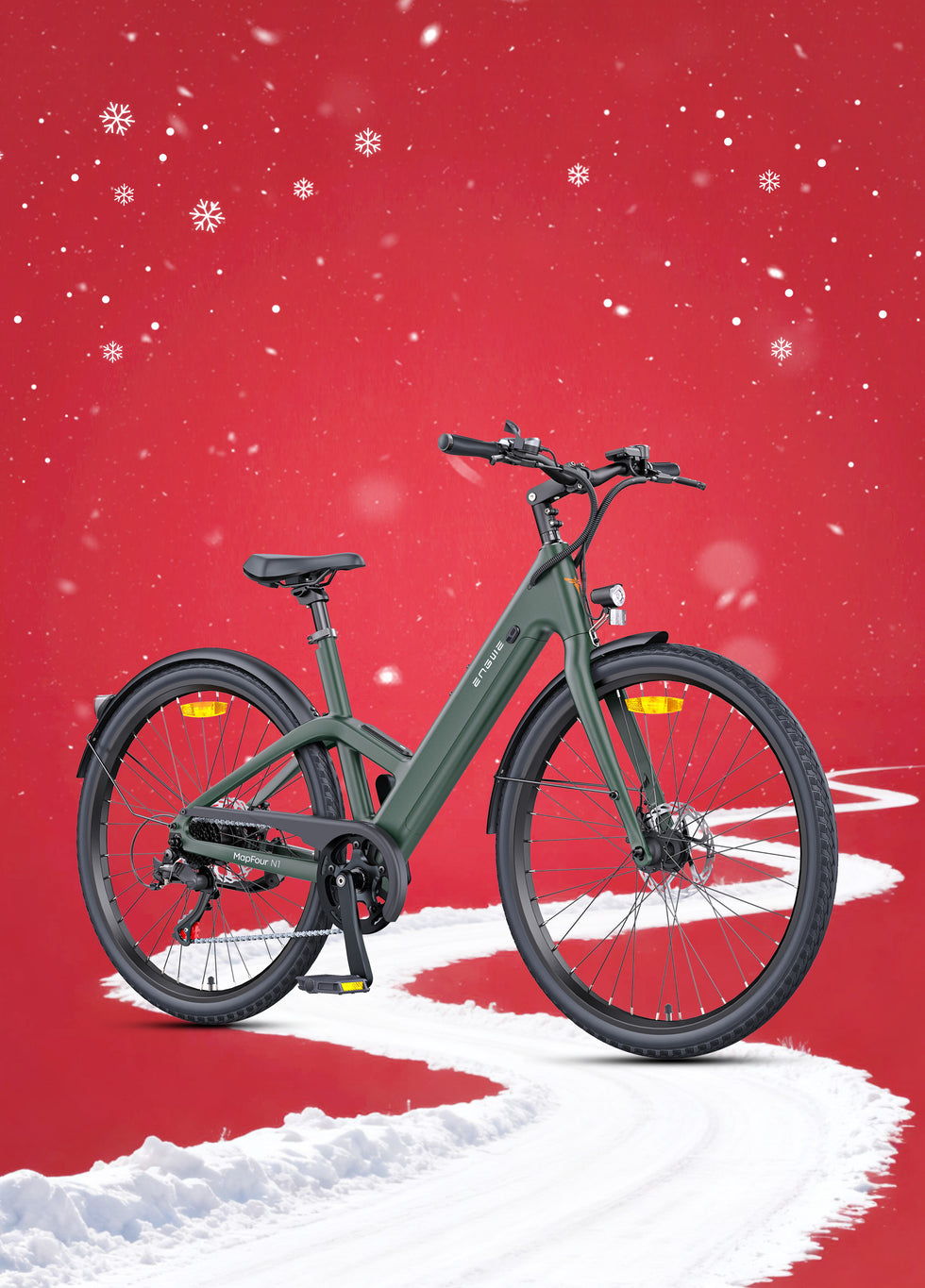No one can deny the thrill of mountain biking — the wind in your face, the difficult challenge of a trail, and scenic views. Now imagine upgrading that experience with the power of an electric motor, and accessing a whole new level of exploration, meaning you can ride further, climb more, and conquer terrain previously thought impossible. You are scouring the internet for the “top electric mountain bike,” so you can finally find a way to unlock that potential. Few studies have shown they are the best, but "best" is not a tally or a thing. That all comes down to what you need, the trails you want to ride, and the experience you seek.
To help make sense of the world of electric mountain bikes (e-MTBs), we created this complete guide, redefining what an e-MTB is, outlining the factors that matter most, and providing answers to the critical questions you probably have. The e-MTB vs. an E-Commuter: is a dedicated mountain bike always the answer, or could this versatile electric bike be perfect for your adventures? Let’s find out.
Electric Mountain Bikes—The Name Explains It All
Fundamentally, an electric mountain bike, or e-MTB, is a mountain bike with an electric motor and battery system added to help you reach more extreme speeds. Although not a moped or a motorcycle — the motor is supposed to provide an assist only when you pedal (some call it "pedal-assist," some call it "pedelec"). This support is governed by law to 25 km/hour (15.5 mph) in the UK and the EU.
For the higher-end, dedicated e-MTBs, there are a number of things that truly differentiate them from your run-of-the-mill commuter or hybrid electric bike:
Durable Frame Geometry:
The frames of e-MTBs are constructed with a durable and robust geometry. Typically they have a slack head tube angle that puts the front wheel further forward, making it more stable and controllable on technical descents.
Suspension is Key:
A suspension is also important to absorb bumps and control the traction of the vehicle. There are two versions of e-MTBs: hardtail (which have suspension only at the front fork) and full-suspension (which have suspension on both the front and rear). When taking on the nastiest, most technical terrain, full-suspension is what everyone uses.
High-Torque Motors:
While road e-bikes opt for a long-lasting pace, you need high torque basically every second on e-MTBs. Torque is the rotational force that gives you the power to climb steep inclines. The vast majority of high-performance e-MTBs will use a mid-drive motor, which is installed between the cranks for better weight distribution and a more natural feeling.
Durable, Trail-Ready Components:
Everything on an e-MTB is meant to be stronger. Hydraulic disc brakes for powerful stopping control, wide-range gearing (drivetrains) to handle extreme grades, and durable wheels with wide, knobby tyres that will grip hard on dirt, mud, and rock.
How to Guide for Choosing the Best Electric Mountain Bike
Wading through the specs of an e-MTB can be daunting. When searching for the perfect bike, your consideration will be directed towards these key parts that affect how you go out there cycling.
Motor and Battery: The Heart of the Bike
The motor is the muscle; the battery, its lungs. For real mountain biking, you should definitely go with a mid-drive motor over a hub motor (located at the wheel hub). Positioned in the middle, it keeps the center of gravity low for optimal balance and handling on technical trails. In motor specs, a key number to watch out for is the torque figure in Newton-meters (Nm). A higher Nm rating (for example 70Nm+) means the motor will be able to offer more assistance on steep hills.
The battery capacity (Watt-hours — Wh) is what determines how far you can go. The higher the Wh number of the battery (such as 500Wh, 625Wh, 750Wh), the longer you can ride or get maximum assistance without worrying. Keep in mind, though, that range is greatly influenced by rider weight, terrain, tire pressure, and the level of assist you use.
Suspension: Hardtail vs. Full-Suspension
This is one of the most important decisions you will make.
Hardtail (Front Suspension): These are simpler, lighter, and more affordable bikes in general. Great for light trails, cross-country, and green forest paths. They may also translate to a more efficient feel on climbs, as there's no energy siphoned off into rear suspension movement.
Full-Suspension (Front and Rear): If you want to ride rough, rocky, and technical trails, full-suspension is the best way to go! The rear suspension really steps up comfort and control with excellent traction when both climbing and descending by keeping the rear wheel on the ground. Full-suspension is the better long-term investment if you plan to attack singletrack and technical trails.
Frame, Brakes, and Drivetrain
Your electric bike comes with a frame, the bones of your ride. The material of choice most often is aluminum, having a good compromise of strength, weight, and manufacturing cost. A carbon fiber frame would be lighter and could then be made either stiffer or more compliant – at a significant price.
E-MTBs require hydraulic disc brakes to stop. They are more powerful with better modulation (control) than mechanical brakes, especially in the wet and mud. Ditec, Avid, Giant, and Shimano hydraulic disc brakes with 180mm or 200mm rotors are a good rule of thumb simply because bigger rotors provide more braking force for the heavier e-bike.
The gears, or drivetrain, are also very important. E-MTBs come with wide-range cassettes, usually 11 or 12-speed, to give you a super low ratio for winching up the steepest hills and a high gear for fast sections. Shimano and SRAM are the leading brands in the industry.

Answering Your Top Questions
What kind of trails will you ride?
If you are going to ask yourself one question, this should be it. Just be upfront about what you are going to do with it. If you see yourself riding mainly flowing green and blue-graded trail center loops, fire roads, and paths through the countryside – a hardtail e-MTB with around 120mm of front suspension travel would be a perfect (and relatively affordable) choice. If the allure of red- and black-graded trails — the kind with steep technical descents, rock gardens, and jumps — proves too strong, buy a full-suspension bike. For most types of terrain, these would be classed as 'Trail' bikes (130-150mm of suspension travel) or at the other end of the scale, 'Enduro' bikes which typically have 160-180mm.
Motor Performance and Range: How important are they?
Generally, for short rides on flat terrain, you can choose a motor of modest power and smaller battery capacity (400 to 500Wh). On the other hand, if you intend to tackle big days out in hilly terrain or across mountainous landscapes, a good amount of torque (75Nm+) and battery capacity (625Wh+) will be key. E-MTBs today have all sorts of clever systems in place to meter out the power gently, but when you get stuck on a gnarly, slippery technical climb with tired legs, it's raw torque that will matter most. Think of the worst-case scenario with your riding, and then work back from that point to make sure the bike has the juice to handle it.
Hardtail vs. Full-Suspension: What should you buy based on skill level and price?
While a full-suspension bike is more forgiving, especially for a new rider, a hardtail forces you to learn crucial skills. You learn to ride smoother, using your legs as suspension and picking your lines more accurately. It is also a more cost-effective way to enter the sport. However, full-suspension bikes can also be confidence-inspirers for someone new, as they make rough trails feel less terrifying. Nearly all seasoned riders prefer a full-suspension bike, as it offers more opportunities to progress on challenging trails. Ultimately, the budget is a key factor: a decent entry-level hardtail e-MTB will be significantly cheaper than an entry-level full-suspension model.
E-MTB Maintenance: What can I expect?
The e-MTB is a high-tech piece of equipment and as such needs more maintenance than an ordinary bike. Weighing more and adding a powerful motor can stress the chain, cassette, and brake pads more than most e-bikes. You should be prepared to:
Regularly clean your bike, in particular the drivetrain.
Before every other ride, grease the chain.
Remember to check the wear of brake pads and tyre pressure often.
TAKE CARE OF YOUR BATTERY (Charge it partially, store it properly; don't expose to extreme temperatures.)
Plan for a yearly professional service to inspect the motor, update firmware, and tune the suspension.
Do you need a dedicated e-MTB, or can other e-bikes be used?
That's a great question and is key to the reality that not all of us should have hyper-specialized, high-performance e-MTBs. This level of specialization will probably not suit many riders who only desire a comfortable, capable, and enjoyable electric bike to take them over more than just tarmac. This includes gravel tracks, forest paths, and canal towpaths. For these types of riders, a dedicated e-MTB would be overkill: too expensive, with an overly aggressive riding position for their needs. This is where all-terrain e-bikes—bikes that are made for a variety of different surfaces on dirt and road—come in.
The All-Terrain Alternative: The Engwe EP-2 Boost
The Engwe EP-2 Boost isn't designed for typical electric mountain bike technical singletrack, but it makes a solid case as a go-anywhere e-bike. It takes comfort, convenience, and the ability to go almost anywhere as its central design philosophy, which makes it a rather curious offer for aspiring adventure seekers. So, is it a good choice? Let's analyze its features.
At the heart of what makes the EP-2 Boost popular is how simple it is to use and how robustly built it is. Powered by a powerful and EU-legal 250W brushless motor providing an impressive 55 Nm of torque. This is further enhanced by an innovative 'Boost Power' button, providing extra power for quick acceleration on hills. One meaningful improvement is the addition of a Torque Sensor. This next-generation system uses a sensor to monitor how hard you're pedaling and adjusts the motor's output accordingly; it results in one of the most seamless, natural pedal-assist experiences, bringing huge power when you need it but without the jerky torque that characterized earlier sensor systems.
These are massive 20 x 4.0-inch fat tires. These tires give a broad footprint for excellent ground contact, providing improved stability and connection with the ground than you will get from normal bike tires when the going gets tough on surfaces like sand, gravel, and dirt roads. Along with an excellent, front-suspension fork that soaks up bumps and ripples, this makes the ride very comfortable. It also sports new one-piece wheels which are not only stronger and more rigid compared with conventional spoked rims, but also totally maintenance-free.

Practicality is a key theme. Due to its foldable frame, you can easily carry it in a car boot, as well as store it at home without occupying much space. The 48V 13Ah battery is removable, allowing for indoor charging and security. Pedal assist in the most efficient mode will give you an impressive max range of 120 km, which means saying goodbye to any range anxiety. It gets 180mm mechanical disc brakes front and rear for assured stopping power, plus features like mudguards and a robust rear rack.
So, for those seeking a fat-tire adventure on paved and unpaved terrains, look to the Engwe EP-2 Boost with its Torque Sensor for smooth power delivery, actual Boost Power when you want it, go-anywhere fat tires, and comfort from its front suspension! The EP-2 Boost is certainly no full-suspension e-MTB intended to handle daunting black-diamond trails, but it's an impressive and versatile all-terrain e-bike suitable for long days traipsing through the woods, along wholesome coastal paths, or peaceful rural lanes.
Engwe EP-2 Boost Key Specifications:
Motor: 250W Brushless Motor
Torque: 55 Nm
Top Assisted Speed: 25 km/h
Brakes: 180mm Front & Rear Mechanical Disc Brakes
Tyres: 20 x 4.0 Fat Tyres
Battery: 48V 13Ah Removable Internal Lithium-ion
Maximum Range: 120 km (PAS 1)
Gearing: SHIMANO 7 Gears
Tech Specs: Torque + Cadence sensor, Boost Mode, Folding Frame, Front suspension, Annulus wheels

Top Tips for Essential Gear and Riding Beyond the Bike
Your safety and enjoyment don't end with the bike itself. Always invest in quality gear:
Helmet:
This is absolutely non-negotiable. A mountain bike helmet with extra rear-head coverage.
Gloves:
They help you to hold better and protect your hands in case of an impact.
Eye Protection:
Protect your eyes from dust, rocks, and bugs with glasses or goggles.
Sensible Shoes:
Wear trainers as they will grip better to the pedals.
New riders trying their electric bike off-road should take it slow. Start out slow and easy on the weight and power in simple terrain, before you manage anything technical. Get to know your battery — you can manage it by staying in the lower assist modes on flat ground, then blasting into the higher power modes only when you need them. Work on braking and cornering as well, and give a wide berth to any other trail users just as you would if riding your bike.
Your Adventure Awaits
The best electric mountain bike for you is a personal journey. It starts with appreciating the huge differences between these models and determining a good-faith average of what kind of riding you'll actually do. For the dedicated trail warrior with a desire for conquering the toughest terrain, a full-suspension e-MTB is unsurpassed. But for the many people who are looking for a comfortable, versatile, and fun way to explore a range of environments, from urban paths to rough country trails, an all-terrain e-bike like the Engwe EP-2 Boost is a wonderfully capable bike oriented toward this larger audience. The fact is that the "best" bike is not a specific model; it is simply the one that best suits your adventure. Now, get out there and ride.
